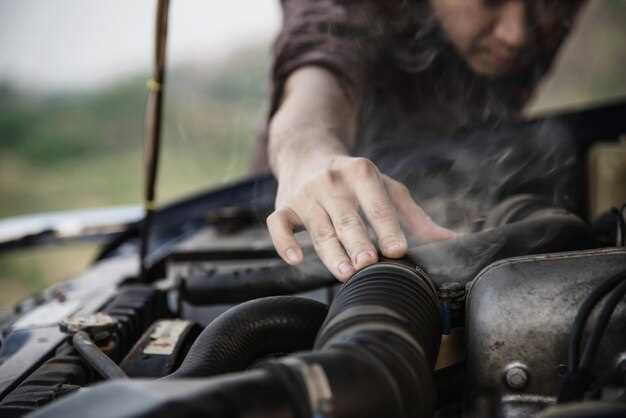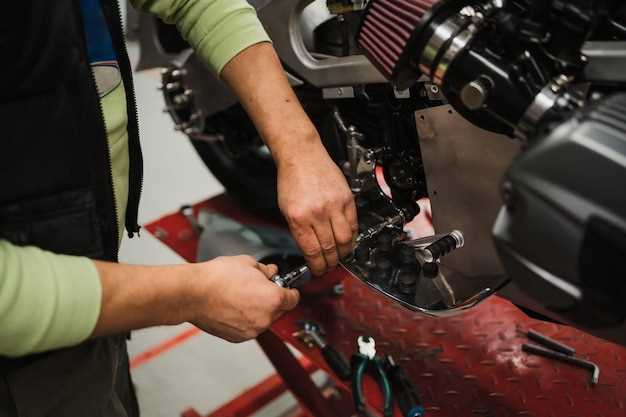
As elevation increases, the air pressure and oxygen levels decrease, presenting unique challenges for internal combustion engines. For those who use carbureted engines at high altitudes, proper tuning becomes essential to maintain optimal performance. In this context, rejetting carburetors emerges as a crucial adjustment for achieving peak efficiency and power.
The primary function of a carburetor is to mix air with fuel in the appropriate ratios for combustion. However, at high altitudes, the thinner air results in a different mixture requirement. Without adequate rejetting, symptoms such as poor throttle response, reduced power, and even engine stalling can occur. Understanding the significance of altitude in relation to carburetor performance is vital for every enthusiast aiming to conquer the mountains.
Rejetting involves modifying the carburetor’s jets to accommodate the diminished air density. This process typically entails replacing or resizing the jets to allow for a richer fuel mixture, compensating for the lack of oxygen. Making these adjustments not only enhances engine performance but also improves drivability in challenging altitude conditions. Therefore, a proper understanding of carburetor dynamics and the necessary tuning for high-altitude operation is critical for achieving the desired results.
Understanding the Impact of Altitude on Air-Fuel Mixture

As altitude increases, the atmospheric pressure decreases, leading to a reduction in the amount of oxygen available for combustion. This dilution of oxygen directly affects the air-fuel mixture that a carburetor delivers to the engine. At higher elevations, engines often run rich if the carb remains unchanged, which can result in poor performance and increased carbon buildup.
Tuning the carburetor at high altitudes is crucial for optimal engine function. The engine requires a different air-fuel ratio to maintain efficient combustion. Typically, this involves reducing the fuel delivery or increasing the air intake, often achieved through rejetting the carburetor. Proper rejetting compensates for the lower oxygen levels, allowing the engine to run more efficiently and produce the required power.
In essence, understanding how altitude impacts the air-fuel mixture is vital for any engine tuning endeavor. Adjustments made to the carburetor must consider specific elevation levels, ensuring that the vehicle operates smoothly and efficiently under varying environmental conditions. Attention to these details can significantly enhance high-altitude driving experiences.
Step-by-Step Guide to Rejetting Process for Optimal Performance

Rejetting carburetors is essential for ensuring optimal performance at high altitude. The thinner air at elevation affects fuel mixture, necessitating proper adjustment for efficient combustion. Follow these steps for a successful rejetting procedure.
Step 1: Gather Necessary Tools and Parts
Before starting the rejetting process, collect all required tools, including screwdrivers, wrenches, and a jet removal tool. Additionally, acquire a new set of jets suitable for high-altitude conditions, ensuring they match your engine’s specifications.
Step 2: Remove the Carburetor
Carefully detach the carburetor from the engine. Ensure that you label all connections and hoses to simplify reassembly later. Take note of the original jet settings for reference.
Step 3: Disassemble the Carburetor
With the carburetor removed, take it apart carefully. Pay attention to the float bowl and the main jet assembly. This is where the tuning begins, and you must handle each component with care.
Step 4: Replace Jets
Remove the existing jets and replace them with those designed for high altitude. Choose a leaner jet size to compensate for reduced air density. Consult manufacturer recommendations for jet sizes appropriate for specific altitude levels.
Step 5: Adjust the Float Level
Check and adjust the float level to ensure proper fuel delivery. An incorrect float level can lead to flooding or lean running conditions, both of which negatively impact performance. Set the float to the manufacturer’s specifications, adjusting as necessary.
Step 6: Reassemble and Reinstall the Carburetor
After replacing the jets and adjusting the float, carefully reassemble the carburetor. Ensure all components are tightened securely to avoid any air leaks that could affect tuning. Reinstall the carburetor onto the engine, reconnecting all hoses and wires as labeled previously.
Step 7: Fine-Tune the Air-Fuel Mixture
Once the carburetor is reinstalled, start the engine and let it warm up. Adjust the air-fuel mixture screws to achieve the optimal performance. This adjustment might require a few test runs to find the ideal setting for your specific altitude.
Step 8: Test Ride
Conduct a test ride under varying conditions to observe engine response. Pay attention to acceleration, throttle response, and overall performance. If any issues arise, further adjustments may be needed to fine-tune the carburetor settings.
By following these steps, you can ensure that your carburetor is properly rejetting for high altitude, resulting in enhanced performance and efficiency of your engine.
Choosing the Right Jet Sizes for Specific Altitude Conditions
When modifying your carburetor for high altitude performance, selecting the appropriate jet sizes is critical for optimal engine tuning. At higher elevations, the air density decreases, resulting in a leaner air-fuel mixture than at sea level. Without proper adjustment, an engine can suffer from poor performance, misfires, and potential damage.
To accurately determine the right jet sizes for your specific altitude, start by identifying the standard jet size for your carb under normal conditions. It’s essential to know the initial setup to understand how altitude affects performance. As a general rule, for every increase of 1,000 feet in elevation, you may need to reduce the jet size by one to two sizes.
For an accurate adjustment, it’s beneficial to perform a series of tests. Begin by replacing the main jet with a smaller size and test the engine’s performance under load. Pay attention to the throttle response, acceleration, and any signs of hesitation. Recording data will aid in making precise tuning decisions. If the engine runs smoothly but lacks power, consider further adjustments until the perfect balance is achieved.
Don’t forget that other factors can influence performance, such as ambient temperature and humidity. Therefore, adjustments may be necessary based on these variables as well. Regular monitoring and tuning will ensure that your carburetor remains efficient as altitude conditions change throughout the year.
Ultimately, the goal of rejetting is to maintain a proper air-fuel ratio, ensuring that your engine runs smoothly and efficiently at high altitudes. By carefully selecting the right jet sizes and conducting thorough testing, you can optimize your carburetor’s performance and enjoy a responsive and powerful ride, regardless of elevation.





